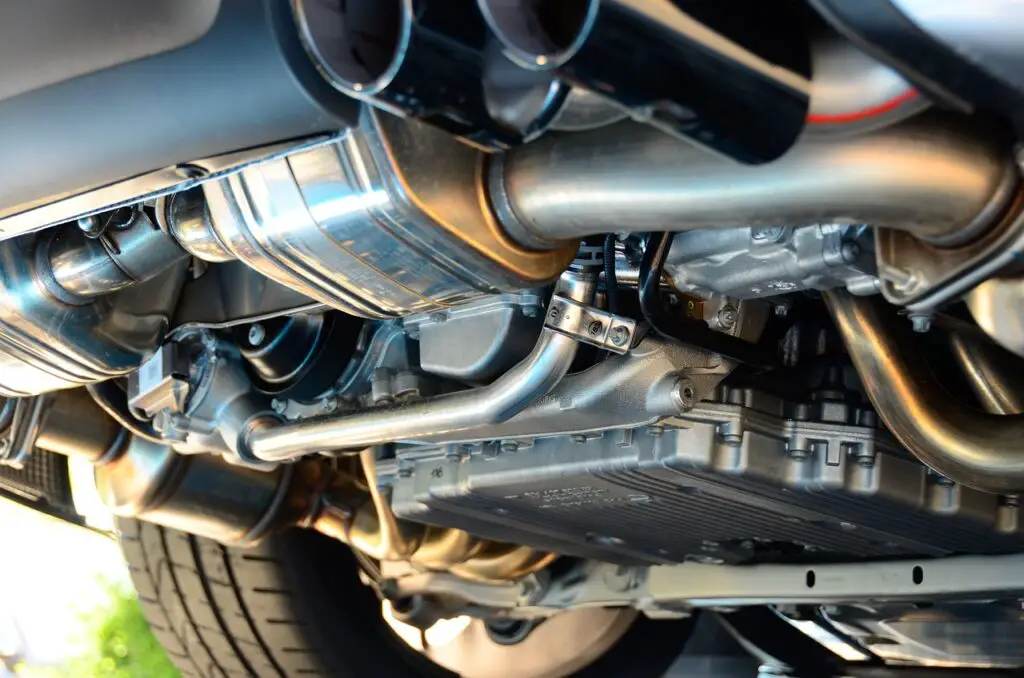Catalytic converters are essential components in modern vehicles, but not every car has one. If you’ve ever wondered whether all cars are equipped with catalytic converters, this blog post will clarify their purpose, history, and which types of vehicles use them.
What Is a Catalytic Converter?
A catalytic converter is a device installed in a vehicle’s exhaust system to reduce harmful emissions. It uses chemical reactions to convert toxic gases like carbon monoxide, nitrogen oxides, and unburned hydrocarbons into less harmful substances such as carbon dioxide, nitrogen, and water vapor. This process helps vehicles meet environmental regulations and minimizes their impact on air quality.
Do All Cars Have Catalytic Converters?
The answer depends on the type of car and its production year. Here’s a breakdown:
1. Modern Gasoline Cars
- Yes, they do.
- All gasoline-powered cars manufactured since the mid-1970s are equipped with catalytic converters. This became mandatory when emissions regulations were introduced in many countries, such as the Clean Air Act in the United States.
2. Diesel Cars
- Yes, they do.
- Diesel vehicles also use catalytic converters, often in combination with other emission-reducing technologies like diesel particulate filters (DPFs). Diesel catalytic converters are designed to handle the unique exhaust composition of diesel engines.
3. Electric Cars (EVs)
- No, they don’t.
- Electric vehicles run entirely on electricity and produce no emissions, so they don’t need catalytic converters. Their powertrain eliminates the need for an exhaust system altogether.
4. Hybrid Cars
- Yes, they do.
- Hybrids have internal combustion engines alongside electric motors, and their gasoline or diesel engines require catalytic converters to reduce emissions.
5. Older Cars
- Not always.
- Cars manufactured before the mid-1970s, before emissions standards were widely adopted, often lack catalytic converters. Classic or vintage cars may not have them unless retrofitted.

Why Are Catalytic Converters Important?
Catalytic converters play a crucial role in reducing air pollution and protecting public health. Here are some reasons they’re vital:
- Environmental Protection: They help reduce smog and harmful emissions that contribute to climate change and respiratory illnesses.
- Regulatory Compliance: Vehicles without catalytic converters would not meet modern emissions standards and could face fines or restrictions in many regions.
- Improved Air Quality: By converting toxic gases into less harmful substances, catalytic converters significantly reduce the environmental impact of vehicle emissions.
What Happens if a Car Doesn’t Have a Catalytic Converter?
If a car lacks a catalytic converter (or if it has been removed illegally), the following issues may arise:
- Increased Pollution: The car will emit higher levels of harmful gases, contributing to air pollution.
- Legal Consequences: Driving without a catalytic converter is illegal in many places and can result in fines or the vehicle failing emissions tests.
- Reduced Resale Value: A car missing a catalytic converter will be less valuable and harder to sell legally.
Catalytic Converter Theft: A Growing Problem
Catalytic converters are valuable due to the precious metals inside them, such as platinum, palladium, and rhodium. As a result, catalytic converter theft has become a common issue. To protect your car:
- Park in well-lit, secure areas.
- Install anti-theft devices or shields.
- Engrave your VIN on the catalytic converter to make it traceable.
- Consider comprehensive insurance coverage to protect against theft.
Final Thoughts
While not all cars have catalytic converters, the vast majority of modern vehicles do—except for electric cars. They are an essential component for reducing vehicle emissions and ensuring compliance with environmental regulations. Understanding their role and importance can help you maintain your vehicle responsibly and contribute to a cleaner environment.
If you’re considering buying a car or need to know more about catalytic converters, feel free to reach out with questions in the comment sections!
Discover more from Chikwem
Subscribe to get the latest posts sent to your email.